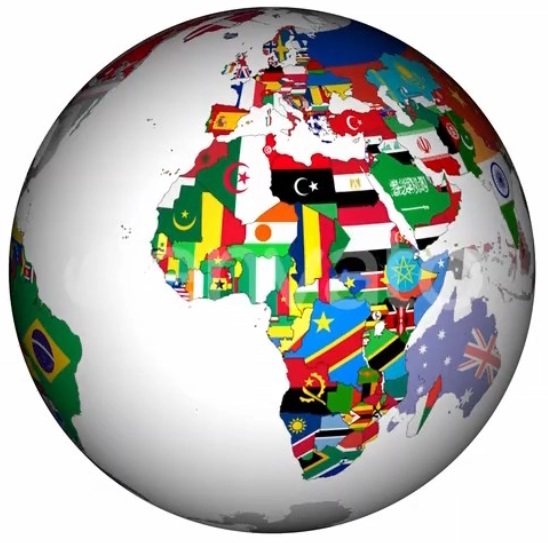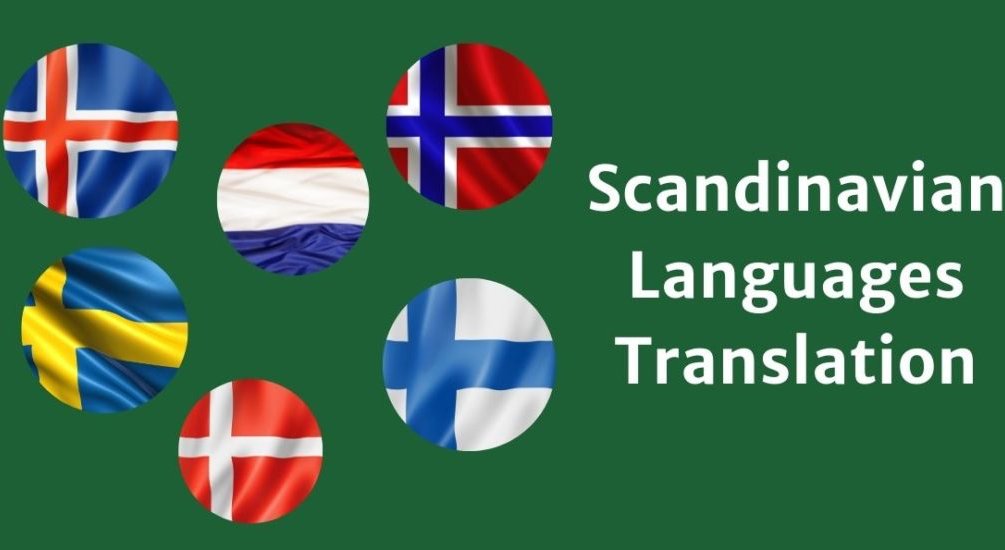The Scandinavian languages are a group of related languages spoken in Scandinavia and the Baltic region. The Scandinavian languages include Norwegian, Danish, Swedish, Icelandic, Dutch, Finnish and Inuktitut.
Learning a new language is always challenging. But learning Scandinavian languages for non-native speakers is even more difficult. There are many difficulties that non-native speakers have to overcome many challenges when they want to learn Scandinavian languages, such as the lack of courses, different grammar rules, and pronunciation.
The Scandinavian countries are very similar in many ways, but they also have some differences that make it hard for people who don’t speak the language to learn it. For example, Denmark and Norway are very similar, but Sweden and Finland share more similarities than Denmark and Norway. The Scandinavian languages are important because they have a common origin and share many similarities in vocabulary and grammar. These similarities make them easier to learn than other languages of Europe.
The Scandinavian languages are often considered dialects of a single language because they have been so heavily influenced. Swedish and Norwegian were the same language until the 18th century.
The Scandinavian languages – Swedish
Swedish, which has only 10 million native speakers, belongs to the East Scandinavian group of North Germanic Languages. It is the official language in Sweden, and together with Finnish, it is one of the two national languages in Finland. Around 90% of the Swedish population speaks Swedish, and Swedish-language literature can be found in many places.
It can be understood by both Norwegian and Danish. However, the level of mutual understanding varies depending on the accent and dialect of the speaker. Because of the differences in pronunciation and tone, both Norwegian and Danish are easier to read for Swedish speakers than to hear. Swedish is a descendant of Old Norse. This was the common language spoken by the Germanic peoples who lived in Scandinavia during the Viking Era. It is home to the most significant number of speakers of North Germanic languages. The Swedish dialects refer to the different forms of the Swedish language. They are primarily distinguished from Standard Swedish.
The Scandinavian languages – Norwegian
Norwegian (Norsk) is a North Germanic language spoken primarily in Norway by about five million people. Norwegian is also expressed in Denmark, Sweden, Germany, the United Kingdom, Spain, Canada, and the United States. Like Swedish and Danish, Norwegian is part of a dialect continuum, which means that varieties of these languages are mutually intelligible to a certain level.
‘Northern Norwegian’ (nordnorsk), ‘Central Norwegian’ (trndersk), ‘Western Norwegian’ (vestlandsk), and ‘Eastern Norwegian’ (stnorsk) are the four primary dialects groups in Norway.
The Scandinavian languages – Danish
Danish can be divided into three distinct dialects. These groups are further subdivided into approximately 30 categories. These three categories are Insular Danish, which comprises dialects from the Danish islands of Funen, Lolland and Mon, Jutlandic, North, East and West Jutlandic, and the Bornholmsk language (dialects from the island of Bornholm).
Although Denmark may only have a few million native speakers of Danish, the geography of Denmark means that different versions can be spoken in other parts of the country. Clients looking to target a particular area of Denmark might choose to have their content translated into a specific dialect.
The Scandinavian languages – Finnish
Finnish (suomi, suomen kieli) is the primary language of Finland’s majority. It is one of the official languages of Finland, the other being Swedish. Also, it is an official language of a minority in Sweden. Finnish is part of the Finno–Ugric language group, a member of the Baltic-Finnic family. Baltic-Finnic also includes Estonian and other minor languages spoken around the Baltic Sea.
Many Finnish dialects can be divided into two broad categories. However, they are all easily understood and have very few differences. There are two main dialects of Finnish: East and West. These dialects, unlike other languages, are mutually understandable to a high degree. No one who speaks Finnish will have any difficulty understanding any of them. These differences can be attributed to certain vowels and rhythms.
The best translation of the Scandinavian languages – Translation AZ
Translation AZ is a certified translation agency that offers high professional translations. After thorough proofreading, we deliver you the best quality translation in the original formatting. Translation AZ offers Scandinavian language translation.











